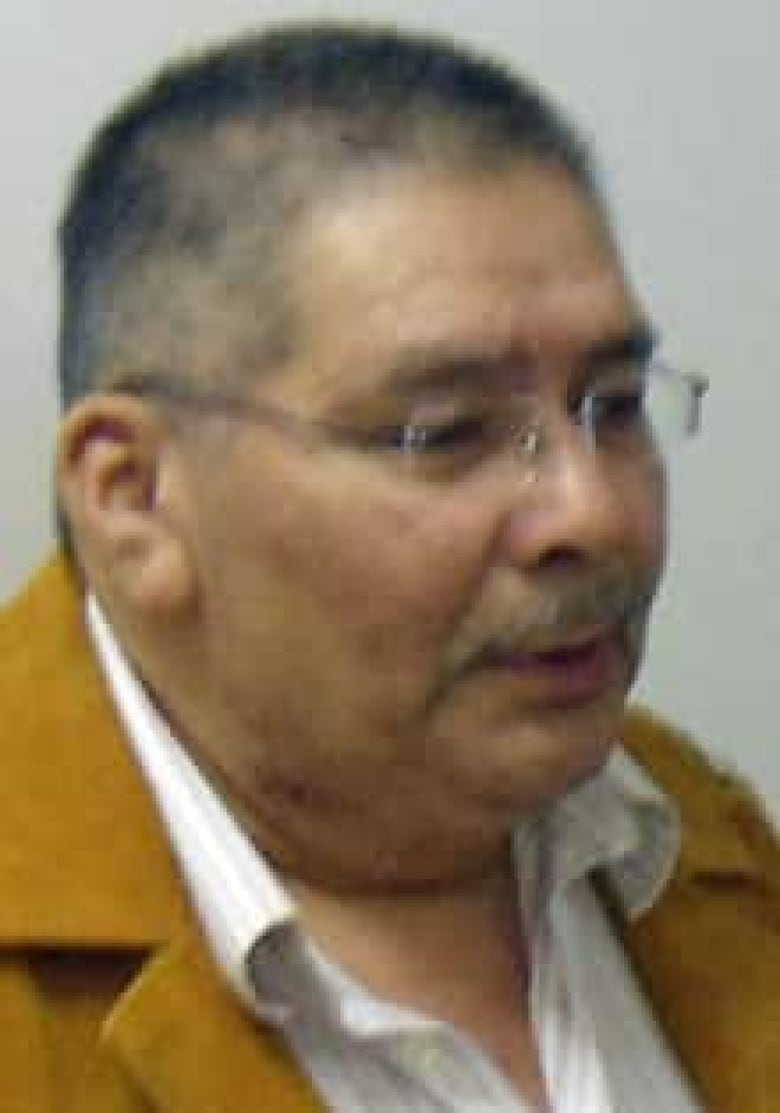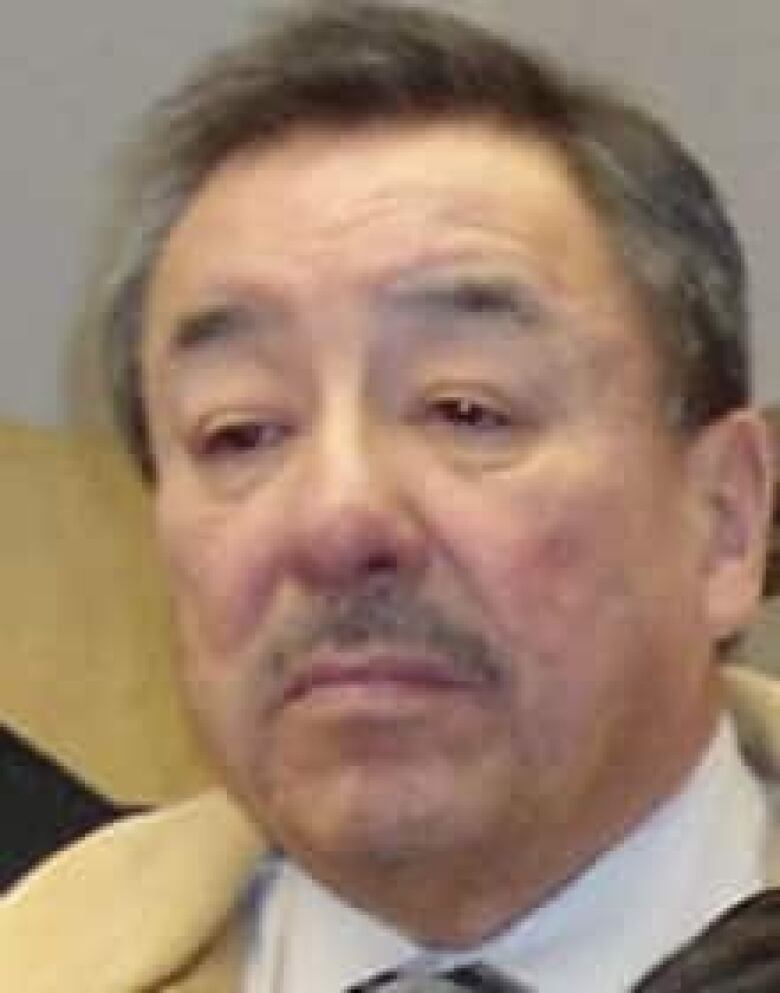First Nations seek healing by reconnecting to the land
Outdoor activities seen as key to ending addiction crisis

Mining is on the minds of many people hoping to spark the economies of northern Ontario First Nations, but some report up to 80 per cent of their population is hooked on prescription painkillers, and they’re looking to the land to bring healing before it provides riches.
"First Nations people, when we’re faced with a crisis, we need to look inward to see where the solution comes from," said Nishnawbe Aski Nation Grand Chief Stan Beardy. "We need to reconnect our young people to the land."
Beardy brought the federal Liberal aboriginal affairs critic, as well as reporters, on a tour of a few of the isolated First Nations he represents with the hope of shining a light on the problems with prescription drug abuse — and the potential solutions.

The first stop on the tour was North Caribou Lake First Nation, where the band office was crowded with mining company representatives. Chief Pierre Morriseau stepped away from the meeting for a few minutes to speak to the visitors, but he didn’t want to talk about mining.
"I was a commercial fisherman on all of these little lakes and that was my passion," Morriseau said.
But the government support dried up for that industry in the 1980s, and now mining companies are looking for government help to develop the north.
Sacred relationship
"You have a love for your land," Morriseau said. "You have a love of your way of life and that’s being lost."
Beardy spoke about the "sacred relationship" people have with the land as one of the foundations of the Nishnawbe Aski Nation, which represents nearly 50 First Nations in northern Ontario.
That relationship with the land is evident in all the communities on the tour.
In Cat Lake, a facility that treats young people for solvent abuse sits on the shores of a bay, surrounded by trees. Elder Stanley Oombash takes the troubled youth out hunting and fishing, watching them come to life, immersed in their own culture.
"They really enjoy the land out there," he said. "Whatever we tell them, they’re really interested. They want to learn. My favourite thing is to teach them the hunting and fishing. A lot of kids come up here and they don’t know how to do that."
He said the youth learn quickly and "they go home … happy they can do that."
Now Cat Lake plans to use land-based activities to help adults as well.
In January, the First Nation declared a state of emergency after reporting 70 per cent of its 600 residents were addicted to prescription painkillers. That brought some funding for the community to create a treatment program for adults that will see them spend weeks at a time camped out in the wilderness hunting their own food. Three people are signed up for the first session of the program, which starts at the end of the month.
Traditional values are ‘crucial’
It’s the sort of program First Nations have been saying they need for more than a decade, but funding has been scarce.
Dr. Claudette Chase, a co-medical director for the regional First Nations health authority, said at a meeting last week that one aboriginal nurse told her, "'If the government had listened to us 15 years ago when we were asking for land-based treatment programs, we would have an answer to this [prescription drug abuse]."
But the programs weren’t funded then, and few are even now.

Beardy said it can’t be assumed that young people know how to hunt, trap or fish if it’s not being taught. He said the connection to the land was severed for many through colonial policies, such as residential school.
"That’s where the concept comes in for our young people to say, ‘Our culture has nothing to offer,’" Beardy said. "But we’re starting to realize that maintaining the traditional values and principles is the solution. That’s very crucial."
He added, "the land provides all of our needs to be whole, functioning individuals" — and that can include the jobs and prosperity that come with mining activity, but only when government and industry are prepared to recognize the value of the land in the lives of the people who live there.

